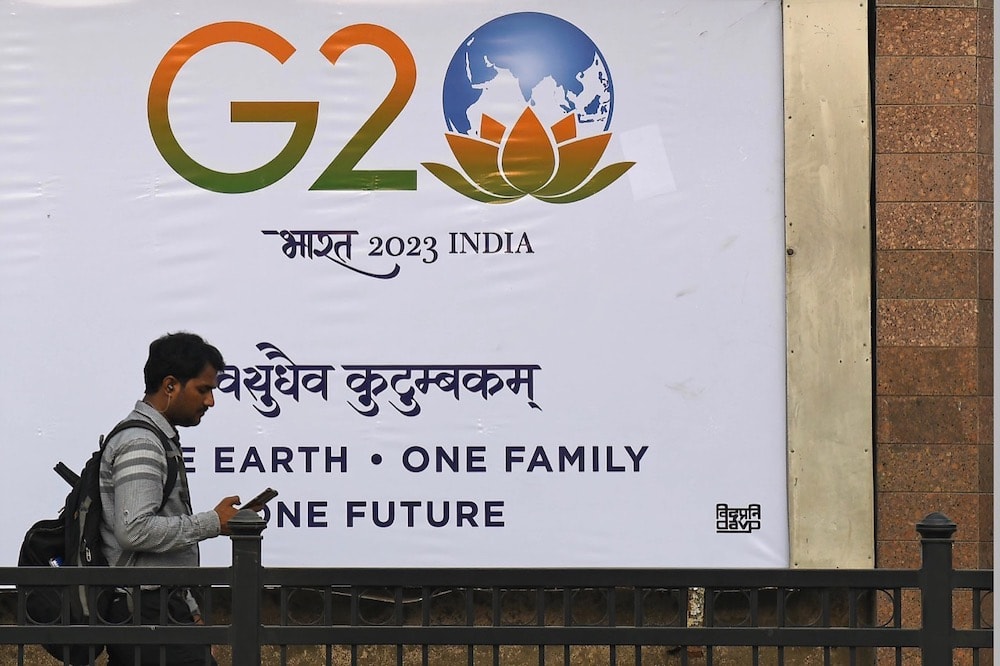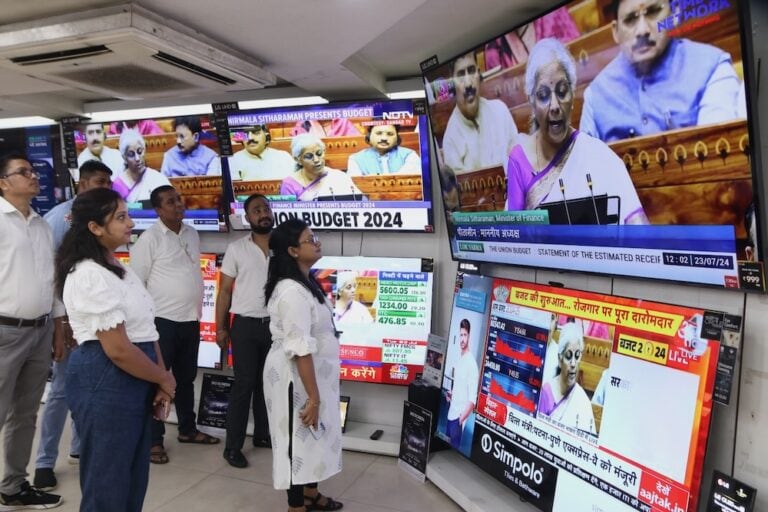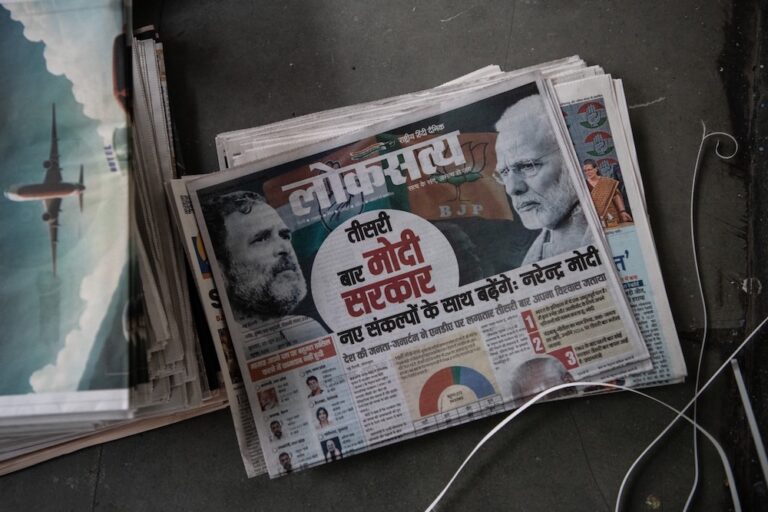India blocked 55,580 websites, URLs, applications, social media posts and accounts between 2015 to 2022.
This statement was originally published on sflc.in on 12 January 2023.
With the advancement of access to the internet and the consequent manifold increase in using the internet as a platform for exercising speech and expression, there has also been an increase in censorship of expression. The report traces this form of censorship carried out through the blocking of websites, applications, and social media accounts in India. The Report begins in Chapter 1 with a study of the statutory instruments, i.e., Information Technology Act, 2000 and Copyright Act, 1957, which are enablers for the Executive and the Judiciary to block access to content on the internet. It also conducts a detailed analysis of the subordinate legislations framed under these laws. As an important corollary, the limitations on the powers of these organs of government to block websites are also laid out. Importantly, it is able to identify shortcomings of the legislative and judicial regime. Website blocking in India also occurs where copyright is concerned- the circulation of pirated material without permission or owed payments results in complete takedown of websites. As such, the Chapter also studies the domestic and foreign statutory instruments which legitimizes the takedown of websites.
Followed by this textual survey and analysis, Chapter 2 of the Report compiles data from various primary and secondary sources. It combs through the various blocking orders to identify the broad reasons for the blocking which have been rendered by the concerned authorities. The following observations are made in Chapter II:
1. The total number of websites, URLs, applications, social media posts and accounts that are blocked in India within the time period from 2015 to 2022 are 55,580.
2. The biggest share of website blocking is done under section 69A of the IT Act. The number of websites blocked stands at 22,447 which is 47.5 percent of the total blocked websites. Out of which 26,352 websites were blocked by MEITY and 94 were blocked by MIB.
3. The second highest number of website blocks are ordered by courts for infringement of copyright. The number stands at 26, 024 which is 46.8 per cent of the total websites that have been blocked.
4. Third major ground for blocking is obscenity, CSAM (Child Sexual Abuse Material) and pornography. A total of 1,065 websites have been blocked in the time period from 2015 to 2022.
Chapter 3, therefore, simplifies the layers of the internet a blocking order or types of blocking order which may be issued. This information will be key in guiding the analysis relating to the degrees of blocking orders, and their legality.
As the introduction to Chapter 4 lays out, the strength of Constitutional promises does not solely rest on the text of the guarantee, but more significantly on the interpretation of the text, and the institutional framework within which the law is enforced. By way of a comparative analysis, Chapter 4 of this Report studies judgements from across jurisdictions other than India’s, to observe interpretations of similarly worded constitutional guarantees (such as freedom of speech and expression), when they are confronted with the State’s power of blocking websites.
The report has made the following observations and recommendations:
1. The existing mechanism of blocking content online as laid down under Section 69A of the Information Technology Act, 2000 is opaque and lacks checks and balances. Non publication of order results in the aggrieved person not getting a chance to challenge the order, thereby violating the principles of natural justice. Further, the procedure fails to provide opportunity of hearing in a substance. The current process of the blocking of website only allows the aggrieved to make a representation before one forum under Rule 8, without any opportunity to appeal against the order. Rule 16 allows the non-disclosure of an action taken on the complaint or the request received to block a website. Read together, these rules do not allow complete access to the details of the action taken against an individual, nor do they allow an opportunity to make a detailed or proper representation.
2. Rule 16 of the Information Technology (Procedure and Safeguards for Blocking for Access of Information by Public) Rules, 2009 mandates confidentiality to be maintained with respect to all the information related to website blocking. A blanket confidentiality clause like this is unconstitutional and ultra vires section 69A of the Information Technology Act, 2000. Rule 16 is in derogation of principles of natural justice as non publication of orders results in a denial of opportunity to challenge the decision of blocking of website. It is also ultra vires section 69A for being in conflict with the language of the section and the interpretation attached to by the Supreme Court of India in the case of Shreya Singhal v. Union of India (2015) 5 SCC 1.
3. Currently the Review Committee that reviews blocking orders has a skewed composition as it only consists of members from the executive branch. There is requirement of higher standard of scrutiny and absence of bias, as blocking of website involves a question of fundamental right under the Constitution. The Committee is over burdened as it is also responsible for reviewing the decisions under the Indian Telegraph Rules, 1951 and Information Technology (Procedure and Safeguards for Interception, Monitoring and Decryption of Information) Rules, 2009. In the past it has been observed that a large number of orders are issued under these two rules, reflecting the burden upon the committee.
4. The instances which have come forth reflect that MEITY and MIB often block entire websites, accounts on a social media platform or YouTube channel as opposed to a particular post, video or URL. However, it is recommended that a stricter standard must be adopted by the government while determining blocking of an entire website, account or channel. While blocking websites and other content on the internet the orders issued by the executive must withstand the proportionality test. Each order issued by the MEITY and MIB under the respective rules must be proportionate and reasonable. To remedy the same it is proposed that that a standard format be introduced which the Designated Authority and the Review Committee must follow while rendering their orders and decisions. Any order or decision made by the authority must be required to answer a set of questions compulsorily, which would require them to consider questions inherent in a proportionality analysis such as:
a. Is the content being subjected to the blocking order explicitly prohibited under Article 19(2)?
b. If the order blocks the entire website: Why is the blocking of the specific URLs hosting the impugned content insufficient?
c. What is the likely impact of the denial of the information to the public? Is the denial of such information by blocking the website going to violate their right to access information?
The report can be accessed here



